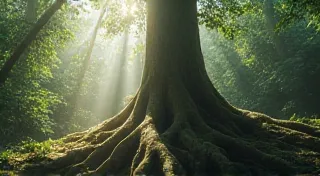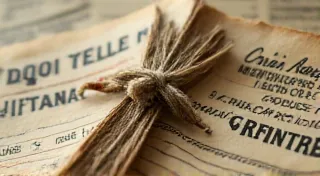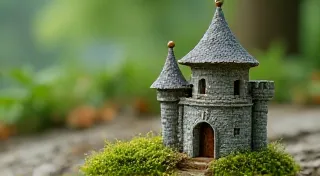Crystalline Cascades: The Dew Collection and Miniature Ecosystems of *Pleurothallis*
There's a quiet magic in the world of orchids, a silent drama played out in the intricate architecture of their blooms. Most people envision vibrant Phalaenopsis, the ubiquitous 'moth orchids', or perhaps the flamboyant Cattleya. But beyond these recognizable faces lies a realm of subtle beauty, of miniatures and mysteries—the world of Pleurothallis. For those who truly listen, Pleurothallis reveals not just a flower, but an entire miniature ecosystem, a crystalline cascade of life.
My first encounter with Pleurothallis wasn't triumphant. It was a disheartening failure. A tiny, unassuming plant, gifted to me by a seasoned orchid collector, seemed to simply… vanish. It was just another casualty in my early, overzealous attempts at orchid cultivation. Years later, I understand that my mistake wasn’t a lack of care, but a lack of understanding. I was treating it like another orchid, instead of appreciating the specialized world it inhabited. The delicate interplay of symbiosis and survival, a concept so fundamental to the orchid’s existence, had eluded me, much like the deeper understanding of symbiotic relationships often takes time to cultivate.
The Legacy of Exploration & Classification
The genus Pleurothallis is a sprawling one, boasting over 2,000 recognized species. It's a testament to the incredible biodiversity of the Neotropics, a region that has captivated botanists and explorers for centuries. The initial classification, attributed primarily to John Lindley in 1831, attempted to corral this diversity, but the sheer number of unique forms and the subtle nuances of their morphology continue to challenge taxonomists even today. Many species remain undescribed, hidden within the cloud forests of Colombia, Ecuador, Peru, and beyond. Think of the early explorers, hacking through dense jungle, documenting these botanical treasures—their dedication feels almost mythical. The history of these orchids, their intricate lineage and relationships, is a story in itself, akin to tracing the orchids' cartography through botanical genealogy.
What's remarkable is that Pleurothallis are often overlooked in commercial orchid breeding. Their tiny size and often inconspicuous flowers don't lend themselves to mass production. This, however, is precisely what preserves their unique charm. Their existence feels precarious, clinging to mossy branches and the humid embrace of the cloud forest. This fragility fosters a deep sense of responsibility in those who cultivate them. The careful, thoughtful approach needed to ensure their survival requires more than just watering; it necessitates a dedicated rhythm and a deepening understanding of their needs – much like the gardener’s cadence that emerges from consistent observation and patient adaptation.
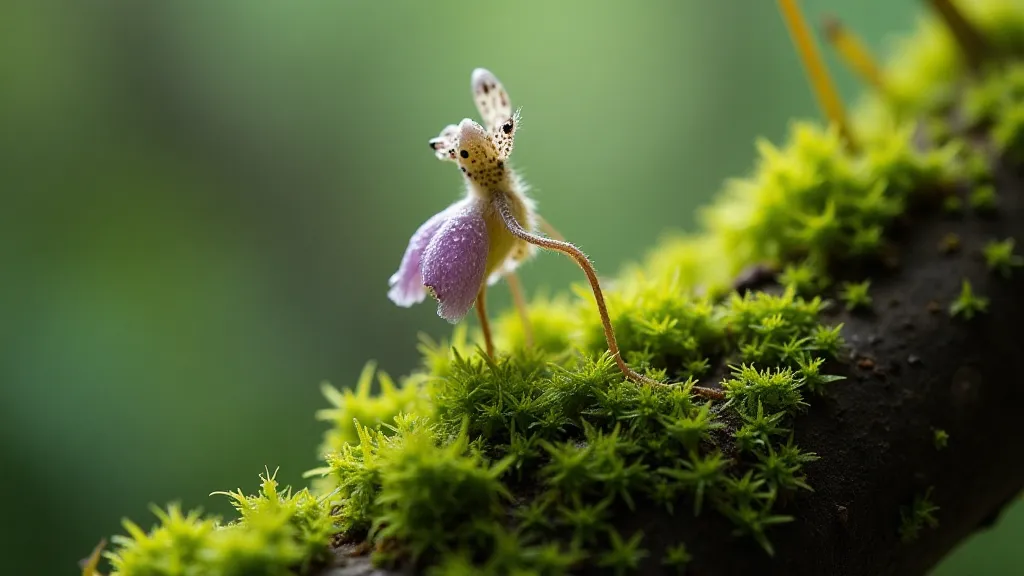
The Dew Collectors: A Symbiotic Dance
The common name "dew collectors" perfectly encapsulates a key aspect of Pleurothallis’ biology. Their leaves, often flat and succulent, are exquisitely adapted to capture moisture directly from the air. They function as miniature condensers, drawing in humidity and channeling it towards the roots. This adaptation is vital in their native habitats, where rainfall can be infrequent, and the air is perpetually saturated with moisture. Imagine the constant cycle of condensation, a slow and steady accumulation of life-giving water. The resilience of these plants, their ability to thrive in challenging environments, underscores the importance of adaptability in a changing world, a theme echoed in the philosophy of cultivating orchids' echo and ensuring their survival.
This dependence on atmospheric moisture influences almost every aspect of their cultivation. Direct sunlight is anathema; they crave diffused light and high humidity. Overwatering is a common pitfall, as their roots don’t tolerate being constantly saturated. They thrive in environments that mimic their cloud forest origins—cool temperatures, constantly moist air, and a delicate balance of light and shadow. Finding that balance requires patience and careful observation. The intricate web of life woven into their leaves is a reminder of the profound connection between plants and their environment, a complex interplay that extends far beyond simple sustenance.
Miniature Worlds: A Microcosm of Life
But the beauty of Pleurothallis extends far beyond their adaptations for water collection. Look closely, and you'll notice something even more fascinating—tiny ecosystems forming on their leaves and roots. Minute algae, fungi, and even tiny invertebrates find refuge in the moist environment created by the orchid's water-collecting abilities. These microscopic organisms contribute to a complex web of interactions, a miniature world teeming with life.
It’s a concept that resonates deeply with writers, those who craft intricate narratives from seemingly simple beginnings. Just as a single sentence can evoke entire universes, a single Pleurothallis leaf can host a bustling microcosm of life. The orchid isn’t just a plant; it’s a host, a facilitator, a silent architect of a tiny world. Observing these ecosystems, understanding their intricate balance, is an exercise in humility and a reminder of the interconnectedness of all living things.
This concept has led some collectors to practice a 'hands-off' approach, allowing these miniature ecosystems to develop naturally. It's a demonstration of trust, a recognition that the orchid already possesses the wisdom to sustain itself—and its tiny companions. This practice mirrors a broader respect for nature, a quiet rebellion against the constant human impulse to control and manipulate. The delicate balance of these ecosystems demands respect and a deep understanding of the natural processes at play. The resilience these plants demonstrate, the ability to thrive even in the face of adversity, inspires a sense of hope and underscores the importance of preserving biodiversity.
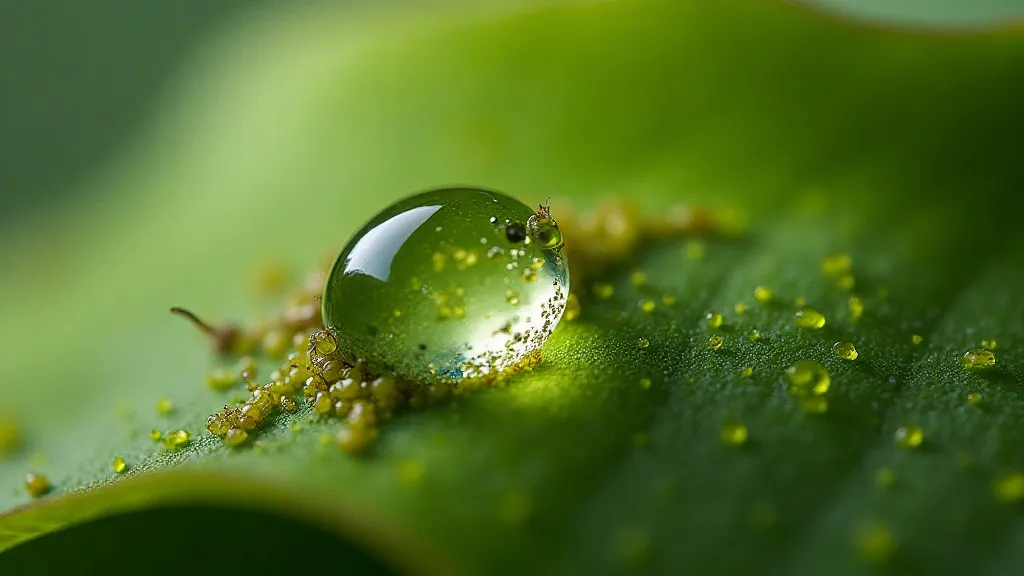
Cultivation Challenges & Ethical Considerations
Cultivating Pleurothallis successfully is an exercise in humility. It’s not about imposing your will upon the plant, but about understanding its needs and providing the conditions that allow it to thrive. Mount them on cork bark or tree fern plaques, providing excellent drainage and aeration. Regularly mist them to maintain high humidity. Provide cool, diffused light. And most importantly, observe them closely, learning to interpret their subtle cues. The challenges of cultivation are not merely technical; they are philosophical, requiring a shift in perspective from dominance to partnership.
The increasing demand for rare Pleurothallis has, unfortunately, led to unsustainable collecting practices in some regions. Ethical considerations are paramount for any serious collector. Source your plants from reputable nurseries that prioritize conservation and sustainable harvesting. Support organizations dedicated to protecting the cloud forests and the incredible biodiversity they harbor. Consider propagating your own plants to reduce the demand for wild-collected specimens. The allure of collecting rare plants is undeniable, but it comes with a responsibility to ensure that our passion doesn’t contribute to their decline.
The desire to possess something beautiful, rare, and elusive can easily overshadow the responsibility to protect it. It’s a delicate balance – appreciating the beauty of these extraordinary orchids while safeguarding their future. Recognizing the inherent value of these plants extends beyond their aesthetic appeal; it acknowledges their crucial role in the complex web of life that sustains our planet. The preservation of these delicate ecosystems requires a collective effort, a commitment to sustainable practices and a deep respect for the natural world.
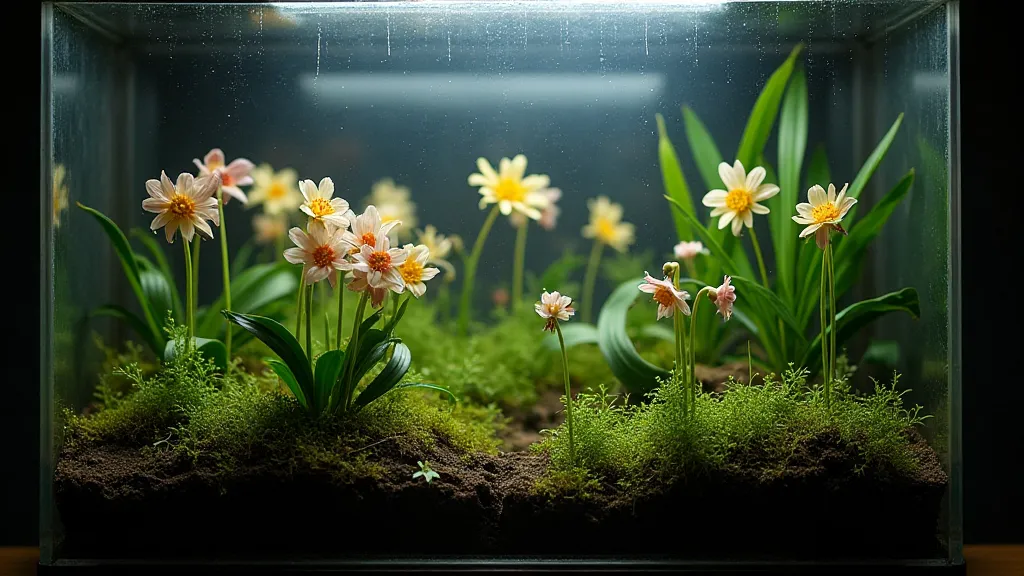
A Quiet Revelation
My relationship with orchids has changed fundamentally through my exploration of Pleurothallis. I’m no longer focused solely on the vibrant displays of more conventional varieties. I’m drawn to the subtle beauty, the quiet resilience, the intricate ecosystems that these miniature orchids embody. They represent a different kind of challenge—a challenge not of brute force, but of understanding, patience, and respect. The journey of cultivating these orchids has been a transformative experience, a reminder of the profound lessons that nature can teach us.
They remind us that even the smallest of things can hold immense beauty and complexity. Just as a writer can create entire worlds within a few pages, a single Pleurothallis can reveal a universe of life, a crystalline cascade of wonder waiting to be discovered. And in that discovery, we find not just a beautiful orchid, but a deeper connection to the natural world – and to ourselves. The quiet revelation of their existence offers a profound sense of peace and a renewed appreciation for the interconnectedness of all living things. This journey reinforces the understanding that true beauty lies not in dominance or control, but in harmony and respect for the natural world.

